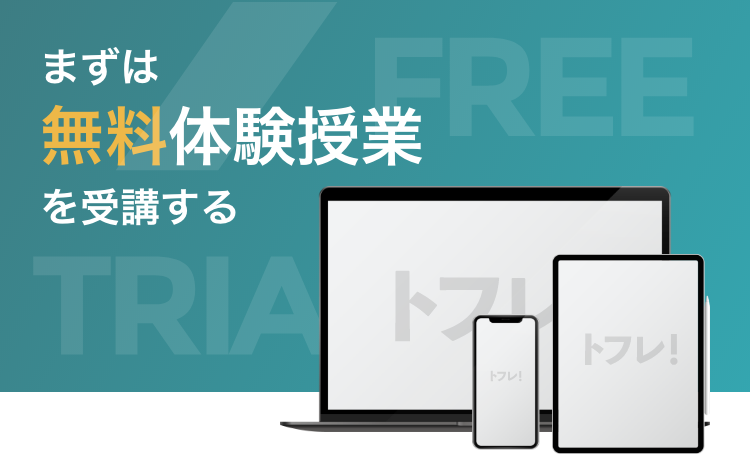Integrated Speaking – Task 4 対策(2)
効果的な練習法: Listening編
五十峰です。
今回はTask 4に必要なリスニングスキルをつける練習をご紹介しましょう。ひいてはTask 6の練習にもなりますよね(若干形式は違いますが)。もちろん本番と同じ質問形式で練習できればそれに越したことはないのですが、
Integrated Speaking – Task 3落とし穴と対策(1)(2011年4月8日)
でも書いたように、ありえへん教材が多いので。
それよりも、日頃からできるリスニング力をつける練習を継続して行っていれば、Reading以外のどのセクションにもその力を発揮できます。頑張りましょう。葛山先生はいつも「TOEFLに特化したリスニングの練習を」と言っていますが、私も同意します。ただ漠然と英語を聞き流すだけでは、TOEFLのスコアアップは望めません。ましてやSpeakingセクションにおいては聴くだけではスコアにつながりませんよね。ですからSpeakingに特化したリスニングの練習を行いましょう。
1) 使用教材
一番のおススメはやはり
Integrated Speaking – おススメ教材について(2011年4月12日)
で紹介した教材を利用することです。またPBTのPart C、CBTでいうPart Bのlecture問題を使用してもいいでしょう。。他にもScience Podcastsやお馴染みTEDなども利用できますね。ただ余り長すぎる題材は適さないので、2分以下の題材を選ぶか、話の途中でもそのぐらいで一旦止めて、その時点までの内容で練習してみましょう。長さから言うと、Scientific American の60 seconds scienceは適していますよ。かなり速くて難しいのですがね。また内容を確認して復習する必要があるので、必ずスクリプト(字幕でもOK)がある題材を選びましょう。
一つ題材を用意しました。音声ですと約1分半です。とりあえずスクリプトだけ載せますね:
But too often, it seems to me we apply the term “invention” only to big important items like the car or the telephone. After all, we can hardly imagine surviving without them. We don’t stop to think there are literally hundreds of inventions that make our lives a little easier, a little more convenient. Let’s take something as common as the paper bag on my desk here. Yes, that’s right. I’ve got my lunch in it. Well, I never open my lunch bag without thinking of Charles Stilwell, who in 1883 invented the first machine to produce bags like this.
You see, before Stilwell, bags were pasted together by hand, and they didn’t have flat bottoms so they couldn’t stand on their own and you couldn’t fold them very well either. Stilwell changed all that with what is really a marvelous piece of engineering. Think about it. Look at how efficiently this bag is designed. I can open it with a flick of my rest, but I can also fold it back flat as a piece of paper, and I can store a hundred of them under my desk. What’s more, it’s strong, see, I can even put this heavy dictionary in it and it won’t break, but it’s cheap to produce. Really, it’s a masterpiece of practical engineering. Grocery stores buy over a billion of them every year.
Well, nobody remembers Stilwell nowadays, but his little invention has certainly proved useful. If any of you can produce anything half as useful, you’ll have really done something.
(ETS TOEFL CBT Powerprepより)
2) 練習方法
a) note takingを行う:
全部を取る必要はありません。葛山先生も
103獲得のご報告とListeningのメモ取りについて少し(2011年3月7日)
に書いていましたが、メモを取りすぎて逆に理解度が落ちるケースがよくありますので、ポイントを絞りましょう。書かなくても理解できていれば良いのです。ちなみに重要なポイントの例としては:
– main topic
– particular focus (if any)
– example(s)
– comparison (A vs. B)
– cause and effect
– uniqueness
– problems and solution
– process / order / phase / categorization
などがリスニングでは重要になります。Speakingにおいては特にmain ideaなどはもちろんのこと、categorizationとexamplesの情報をどれだけ収集できるかがキーになってきます。つまり何のカテゴリの具体例が何なのかを整理できればOK。
b) 録音してspeaking:
普段本試験の時に話しているような順番、表現などでかまいませんが、転換語を意識して使いましょう。また具体例をなるべく詳細に説明しましょう。
例:
The main argument of the lecture is how inventions of common items make our lives easier. Particularly, the professor describes paper bags as an example of useful inventions. He points out several advantages of paper bags. First, the design is efficient. Opening and folding them is easy. Moreover, they can easily be stocked and thus save space. Additionally, their durability is great. Yet, the production cost is low. Indeed, the professor regards paper bags a masterpiece of engineering.
c) 録音を聴く:
まずは1回目の録音を聞いてみましょう。
d) スクリプト確認:
自分が理解できなかったところの確認と、自分のresponseに入れるべき情報は何かを確認。音声練習(音読や、問題音声に合わせて声を出してスクリプトを読む練習など、普段リスニングで行っている練習方法と同様に)を行い、音声と内容理解を完璧に。
e) 再録音、繰り返し練習:
納得がいくresponseができるまでくりかえしましょう。
さていかがでしたでしょうか?少しでも練習の参考になればと思います。それではまた。
 コメント
コメント


